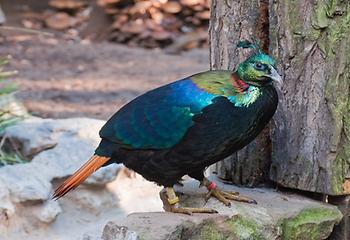Nepal#
The mountainous north of Nepal has eight of the world's ten tallest mountains, including the highest point on Earth, Mount Everest (Nepali: सगरमाथा Sagarmāthā).
Hinduism is practiced by about 81.3% of Nepalis, the highest percentage of any country.
A monarchy throughout most of its history, Nepal was ruled by the Shah dynasty of kings from 1768—when Prithvi Narayan Shah unified its many small kingdoms—until 2008.
A decade-long Civil War involving the Communist Party of Nepal (Maoist), followed by weeks of mass protests by all major political parties, led to the 12-point agreement of 22 November 2005.
The ensuing elections for the 1st Nepali Constituent Assembly on 28 May 2008 overwhelmingly favored the abolition of the monarchy and the establishment of a federal multiparty representative democratic republic.
Despite continuing political challenges, this framework remained in place, with the 2nd Nepali Constituent Assembly elected in 2013 in an effort to create a new constitution.
On September 20, 2015, a new constitution (Nepali: नेपालको संविधान २०७२) was announced by President Ram Baran Yadav in the Constituent Assembly.
Despite these challenges, Nepal has been making steady progress, with the government making a commitment to graduate the nation from least developed country status by 2022.
- Nepal is a land locked country.
- Nepal has largest boundary with India which is approximately 1690 km.
- Nepal has shortest boundary with China which is approximately 1236 km.
- The largest river in Nepal is Brahmaputra which is 2950 km.
- The largest export partner of Nepal is India.
- The largest import partner of Nepal is India.
- 75% of people belong to occupation “Agriculture” in Nepal”
Tourist Attraction#
A mother and child walk past the Bodhnath Stupa, Nepal's largest stupa.National Facts#
- The national bird of Nepal is

Foto source: PixaBay
References#
- https://en.wikipedia.org/wiki/Nepal